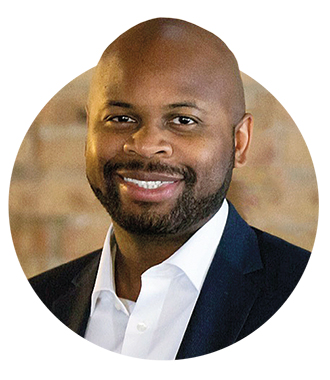 Bradley Akubuiro ’11, partner at Bully Pulpit Interactive
Bradley Akubuiro ’11, partner at Bully Pulpit Interactive
“Teddy Roosevelt once said, ‘In any moment of decision, the best thing you can do is the right thing, the next best thing is the wrong thing and the worst thing you can do is nothing.’ So, first I commit to deciding and I accept upfront that some people will not like my decision. Instead of searching for a perfect solution, I look at my alternatives and consider the worst-case scenario for each. If the worst case is not something I can live with, I rule that option out. Then I choose the best of the remaining options. Finally — and this part is key — I embrace the decision, and I don’t look back.”
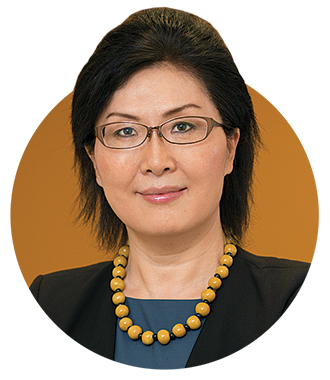 Lifang Hou, director of the Center for Global Oncology, chief of cancer epidemiology and prevention, and professor of preventive medicine and pediatrics at Feinberg School of Medicine
Lifang Hou, director of the Center for Global Oncology, chief of cancer epidemiology and prevention, and professor of preventive medicine and pediatrics at Feinberg School of Medicine
“In my field, deciding where to focus my efforts is difficult. So many factors contribute to cancer development, and there is still so much to discover. However, this also presents a strength: I know that if my team and I are using our best scientific methodology, researching any of these factors will be fruitful. The key is to continue collaborating and sharing our findings widely. This can lead to surprising connections — and even better cancer prevention and treatment.”
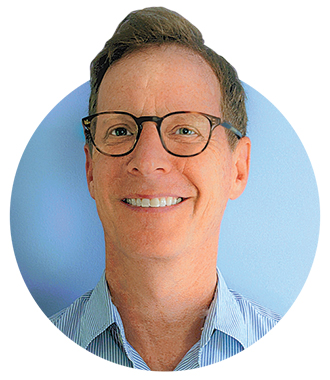 Tilden Katz ’95 JD, adjunct professor at the Northwestern Pritzker School of Law and vice president of strategic communications and issues management at Smithbucklin
Tilden Katz ’95 JD, adjunct professor at the Northwestern Pritzker School of Law and vice president of strategic communications and issues management at Smithbucklin
“When I faced a tough career decision about whether to keep practicing law at a big firm, I had to face who I really was (unhappy, mediocre and still young) rather than how I wanted to see myself (someone starting a long, distinguished legal career). My decision to quit law led to a satisfying career in crisis communications, a field where I can put my advocacy skills to better use. And it’s much more genuine to who I am.”
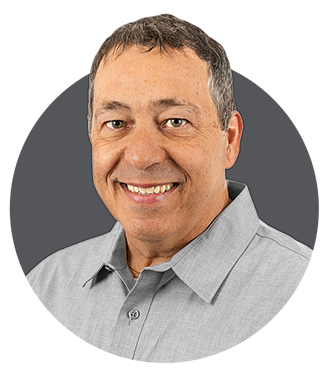 David Smith, distinguished senior lecturer in psychology at the Weinberg College of Arts and Sciences
David Smith, distinguished senior lecturer in psychology at the Weinberg College of Arts and Sciences
“I try to minimize the influence of factors that could lead to bias. One approach is to simply consider the reasons why I might be wrong. If I were a juror, I might purposely focus on the evidence that goes against my evolving point of view. If I were leading a team, I might consult with trusted advisers who are willing to disagree with me. This ‘consider the opposite’ strategy helps direct my attention to factors that I may have disregarded at first.”
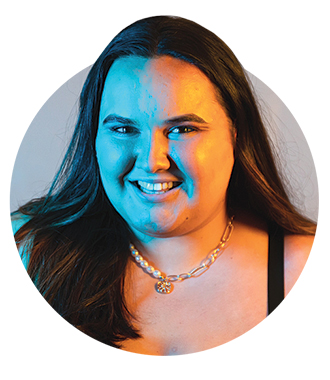 Charlotte Oxnam, McCormick School of Engineering junior
Charlotte Oxnam, McCormick School of Engineering junior
“I go with my gut. When I founded my startup, Cue the Curves, an online shopping platform for plus-size women, I learned that when people tell you what they want, it’s not always what they actually want. You have to read between the lines. There are still going to be unknowns, but I have to trust that I can roll with the punches.”


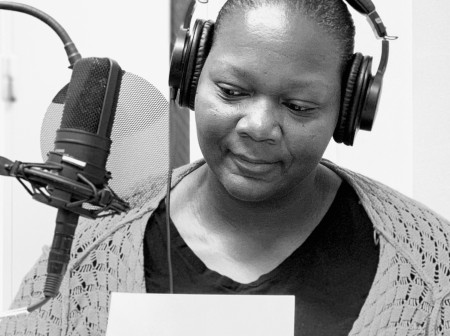
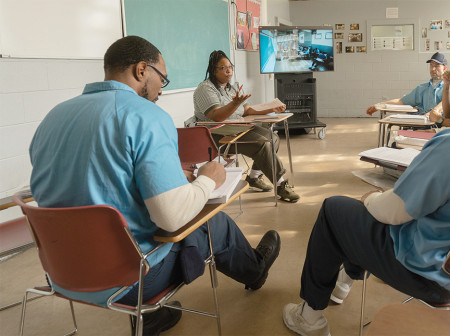
Reader Responses
No one has commented on this page yet.
Submit a Response